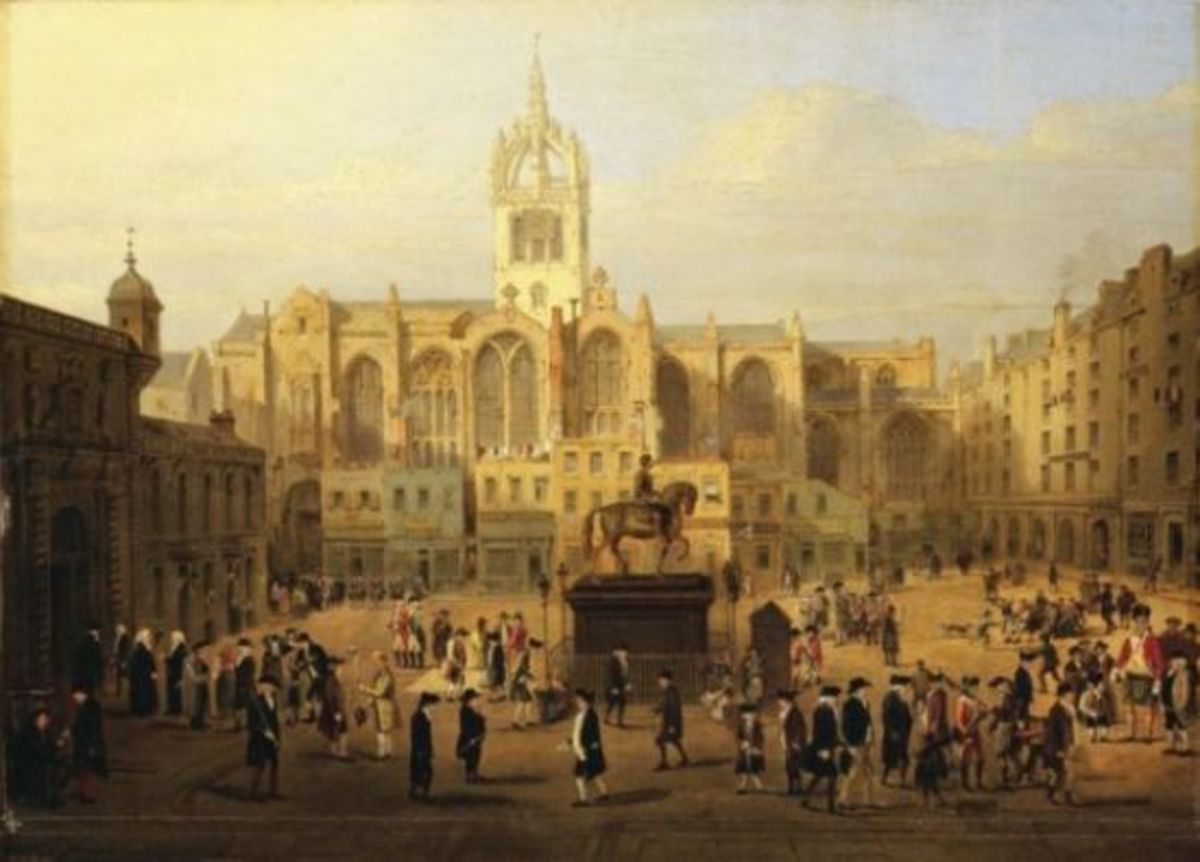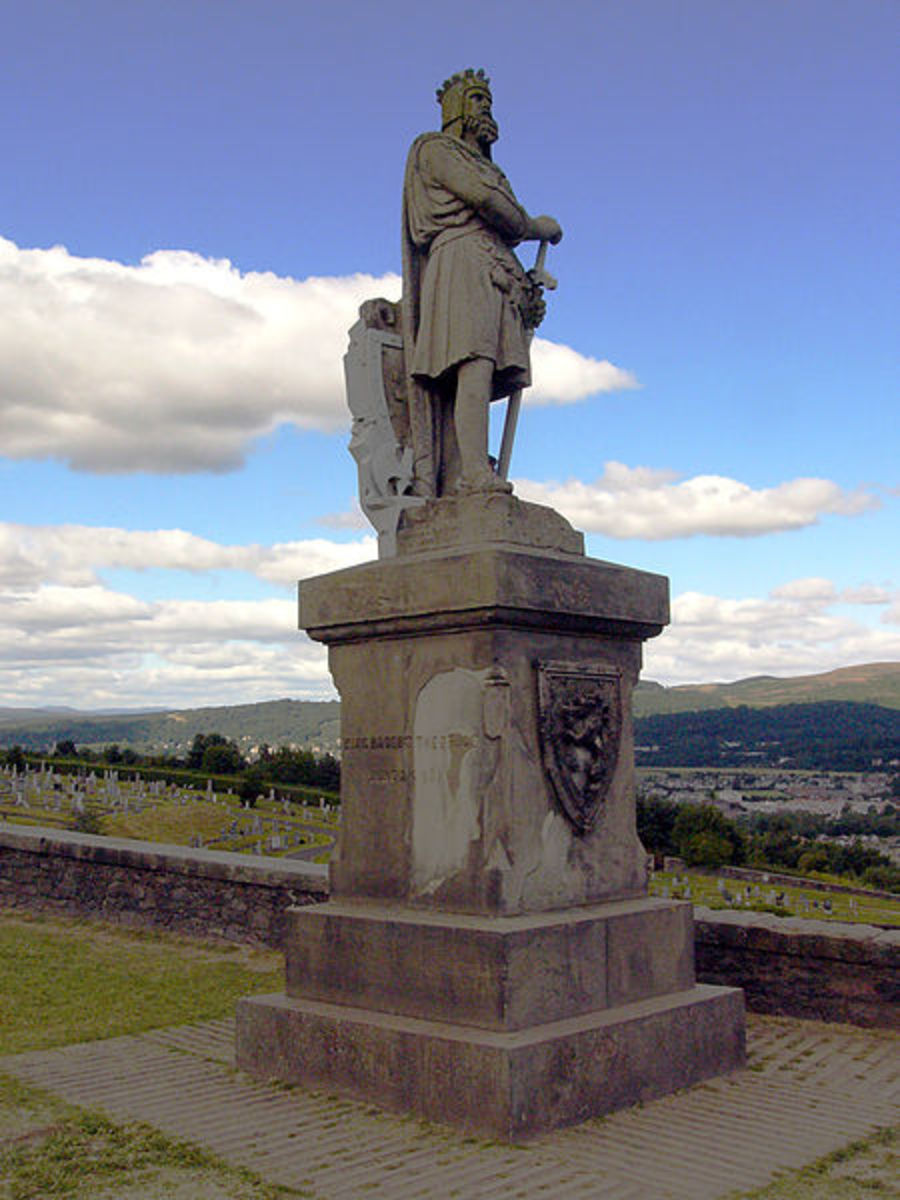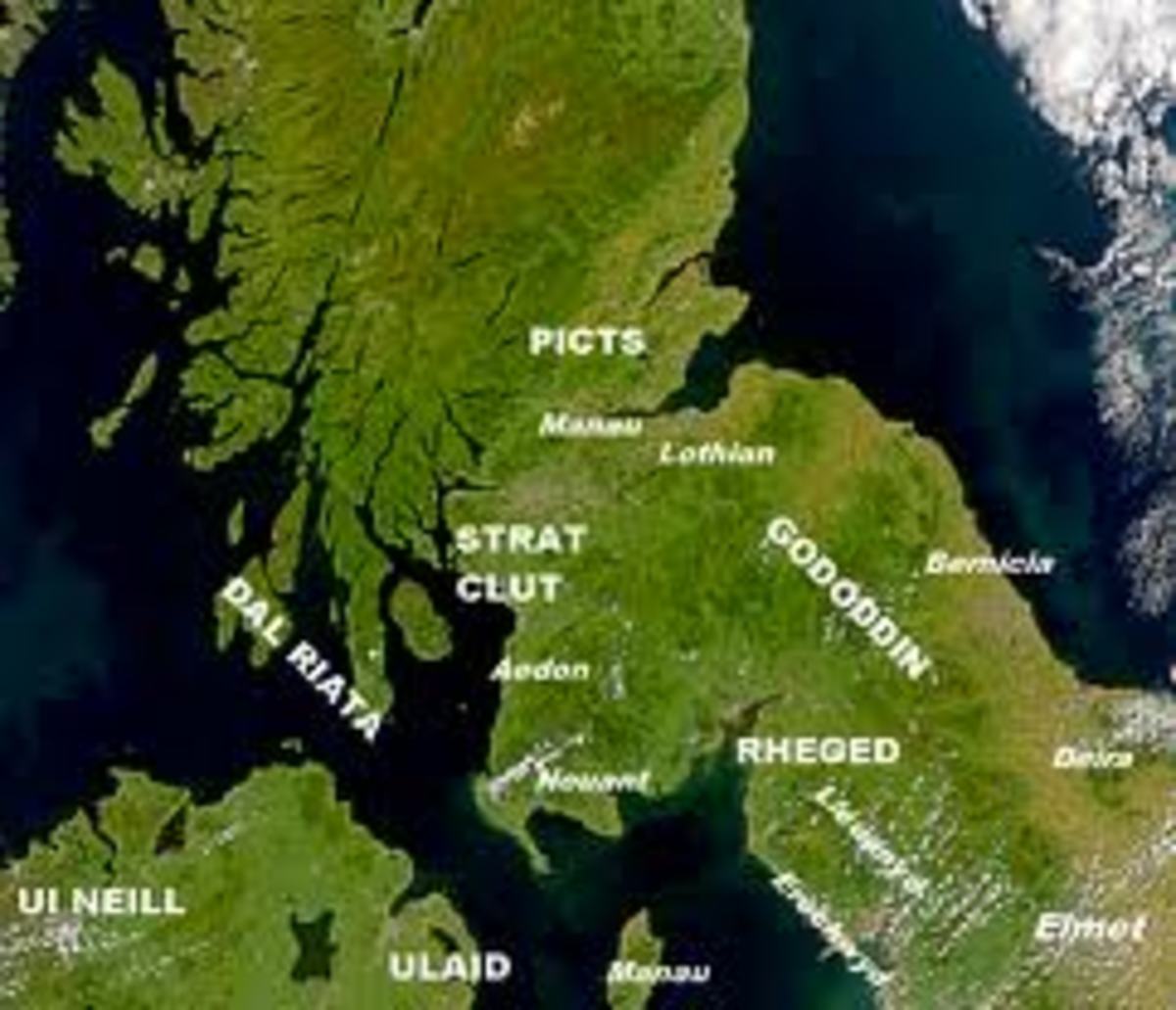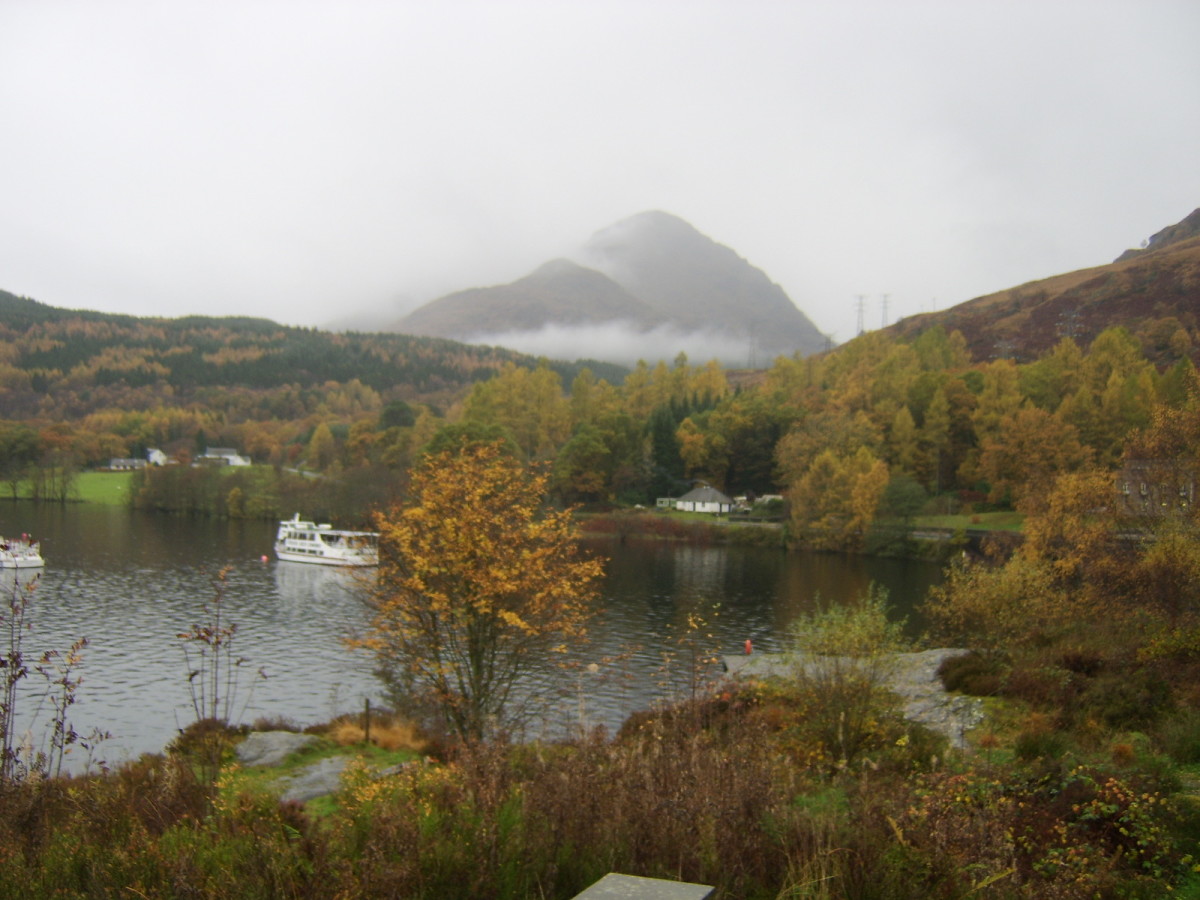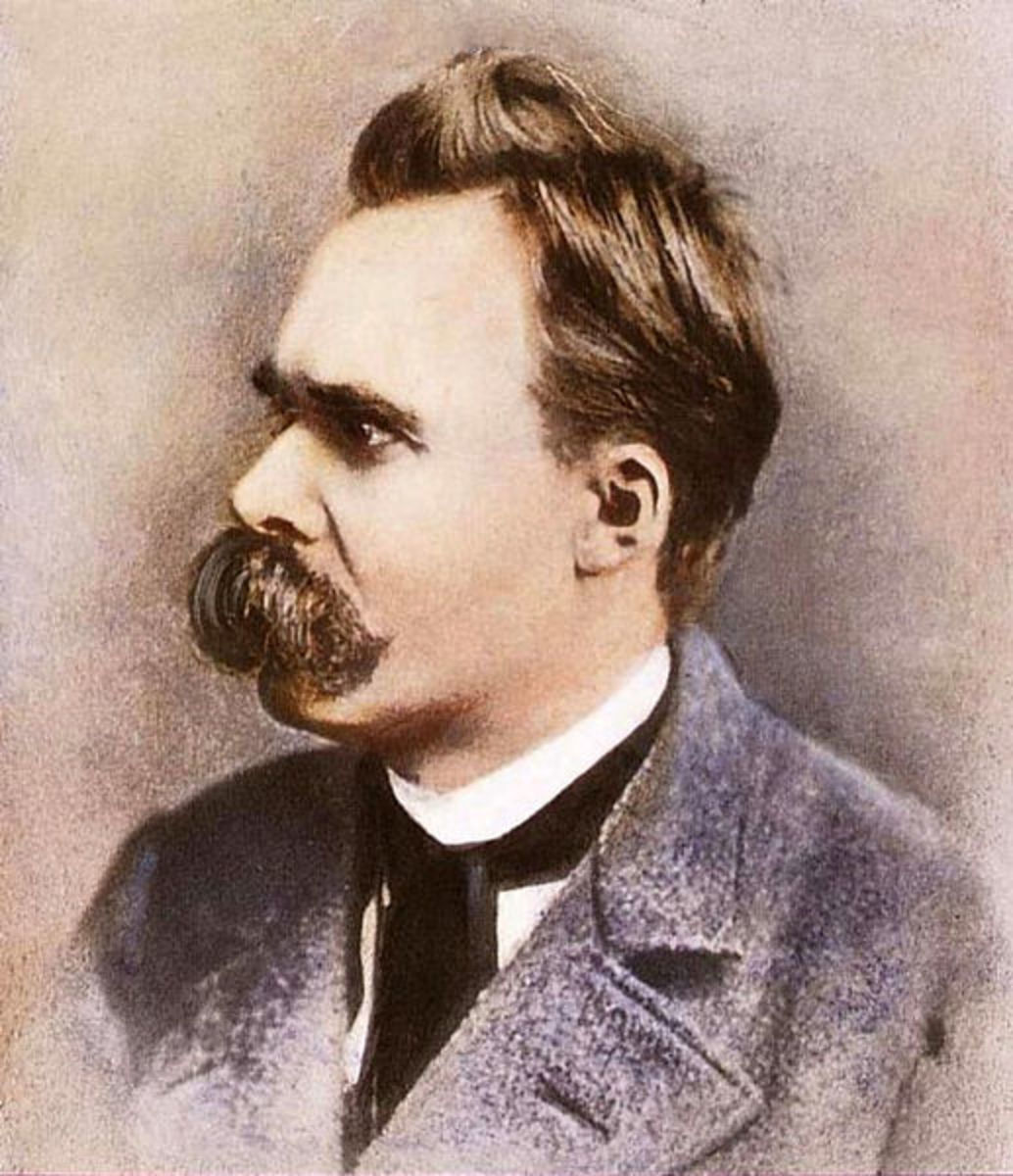The Scottish Enlightenment -- Scotland's Gift to the World
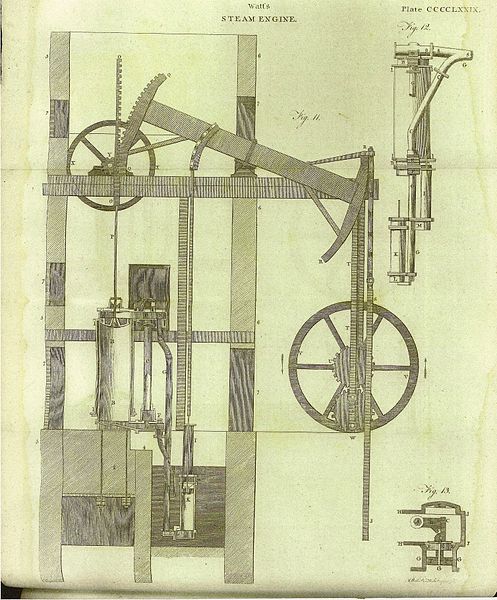
When the term “The Enlightenment” is bandied about in history class, the talk typically goes straight to the saloons of 18th century France and the works of the Voltaire, Rousseau, and Kant (this latter from Germany). Of course this is a broad generalization, but in general true of classes that tangentially touch upon the subject. For those of us who have delved deeper into history, though, know The Enlightenment was a sweeping change in philosophical reasoning throughout Europe where the hold of Monarch and the Church was questioned. Scotland was not to be left out of this movement, and put forth its own unique spin on The Age of Reason.
As opposed to the French Enlightenment, with its emphasis on centralized planning, the Scottish side held a more individualist approach. Rather, with the ideal that as individuals put forth their own effort, being less encumbered by top-down dogma, the results will produce outcomes that still help all of society.
There were two items in Pre-Enlightenment Scotland that contributed to its Enlightenment, both coming from the Scottish Church, the Kirk. The first was by far more negative, with the execution of teenager Thomas Aikenhead. Aikenhead had blasphemed against the Bible and, even though he repented, was executed by hanging. This created a black cloud that hung over the nation, showing what can happen when free thinking is not allowed. The positive aspect of the Kirk, however, was the decree that all Scots should be able to read the Bible. Over three-quarters of Scotland’s population could read in the early 1700s, a proportion that was head and shoulders above other countries. This ability to read would end up having unintended consequences for the church, as those who can read the Bible can also read other, more secular, material.
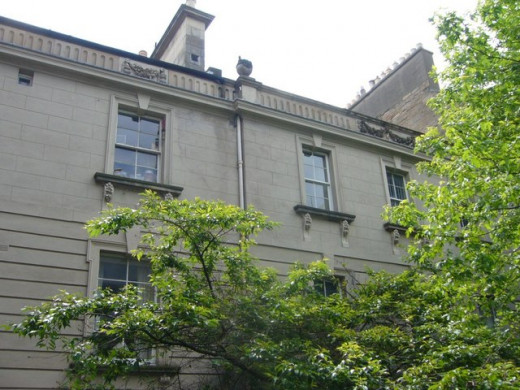
Scotland’s pre-Enlightenment era can be considered to start with Francis Hutcheson (1694-1746) and Henry Home, Lord Kames (1696-1782). Together, they looked at human societal evolution and how the often conflicting “rights of the individual” and “safety of society” were intertwined. Although never fully answered by these two individuals, they did lay the ground work for those that came after, inspiring the generation of Enlightenment thinkers to come.
Possibly the most well-known member of the Scottish, due to his influence in the field of economics, is Adam Smith (1723-1790). He is the author of “The Wealth of Nations,” (1776) a key book to the development of modern economics, which instituted the idea of individual consumption can actually increase the available wealth for all. He is also known for his work “The Theory of Moral Sentiments” (1759), which covered moral philosophy. Smith was a student of Hutcheson, as well, which explains why it was his works that helped answer the question of how to rationalize the apparent contradictions between Hutcheson’s and Kames’ works.
The other still well-known member of this group is David Hume (1711-1776). His works contributed to the ideals that empiricism and skepticism (he was not a fan of the Church, even if he did not necessary view it as the enemy – even if the Church did view him with antipathy for his writings, including his work “A Treatise on Human Nature” (1739)) should be used as a way to think about the world, in that proof was necessary, not faith. He was also a founding member of the Select Society, a highly regarded group of Scottish thinkers that met as a social club with the intention of furthering debate.
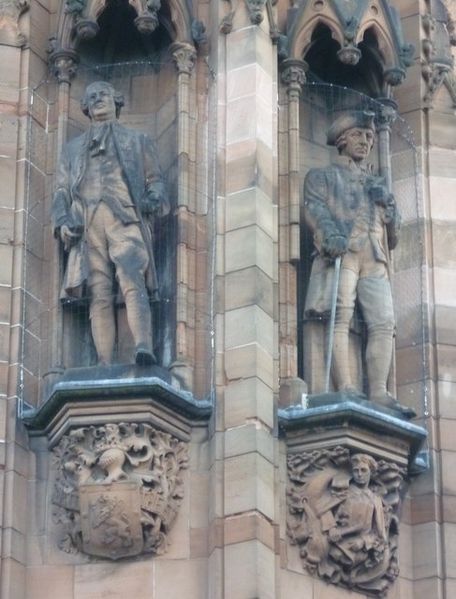
Robert Adam (1728-1792) was an architect who took inspiration in trips to the Continent, specifically Rome. Using his own drawings of architecture, he and his younger brother James brought classical architecture into this new age. Rather than using the stark lines of Palladianism, they incorporated movement into their works. This method allowed spaces to feel more flexible, by adding texture as well as adding decorations to create a discreet, but picturesque, composition.
Alison Rutherford (1712-1794) was a poet who collected and published traditional ballads. Although as much of her contributions could be said to belong to the following Age of Romanticism, she welcomed many of the Enlightenment thinkers into her Edinburgh home. This, along with her noted gift of conversation and social grace, allowed for many meaningful introductions and discussions.
Joseph Black (1723-1799) taught in both Glasgow and Edinburgh, allowing him to influence students on both sides of the country. He is a prime example of the Scottish Enlightenment thinker who advanced science for its own (including the identification of carbon dioxide), but also used it for practical purposes, which included agriculture (something he had in common with Lord Kames, who would be seen traipsing through his gardens, taste-testing different types of manure!).
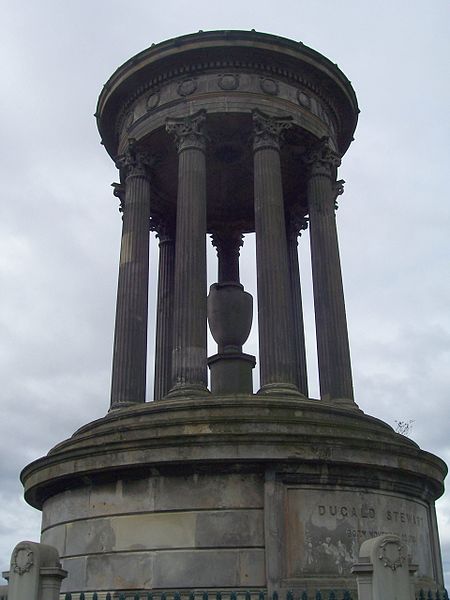
James Watt (1736-1819) showed another aspect of the Scottish school, by being a self-taught man. He was an employee of University of Glasgow, working as an instrument maker, but impressed everyone with his intelligence and insight. With help from his mentor, Joseph Black, he did something else quintessentially Scottish: he took an object from elsewhere and perfected it. In this case, it was the steam engine, which had been invented by the Englishmen Newcomen and Savery.
Dugald Stewart (1753-1828) was influential not only for his work as a mathematician, but also for his courses in political economy. His work as a lecturer at the University of Edinburg helped to disseminate Enlightenment thinking. Just as important, he influenced the next generation of Scottish politicians with his idea that how government comes into being is not as important as what it does once it is there. This created a new focus for the Whig Party, one that allowed it to come out of social ostracization.
Another outcome of the Scottish Enlightenment is an item that has been widely used since its inception in 1768 and is still in use today: the Encyclopedia Britannica. Created as an alternative to the French school’s “The Encyclopédie,” it endeavored to bring all of human nature into one place, with 15 editions throughout its history to date.
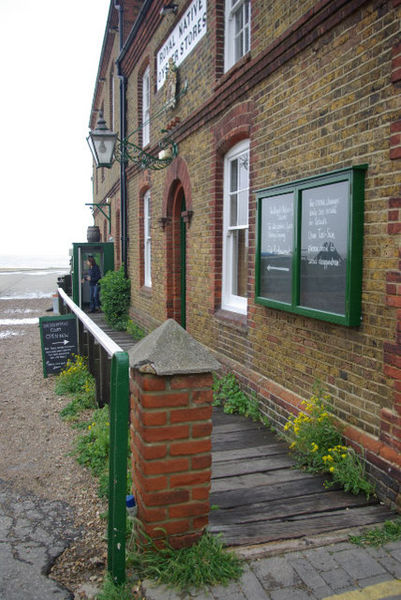
Although those of Celtic stock may appreciate the Scottish Enlightenment for its individualistic and pragmatic approach, that is not to take away from the continental side. Both were useful in advancing the ideals of reason and humanism away from what can be the superstitions of the church and the heavy-handedness of monarchy. The Scottish Enlightenment even had some French Roots, which can be of no surprise considering the strength of the Auld Alliance.
And so to both the Scots and French, please take this bevy of thanks for your gift of enlightenment and reason to the world. And a thank you to the Age of Romanticism that followed, that kept magic in the world, of which Scotland can claim Robert Burns (1759-1796) and Sir Walter Scott (1771-1832).
Of course this is just a very brief glimpse into the Scottish Enlightenment. For each of the free thinkers above, this is only a glimpse into their contributions. There are also many more contributors, as well as information on the culture of the time that aided this era (such as the 1707 Act of Union). For further reading, here is the list of books I used as references (the first one is one of my all-time favorite books in general!):
“How the Scots Invented the Modern World.” Arthur Herman (2001).
“Crowded with Genius: The Scottish Enlightenment: Edinburgh’s Moment of the Mind.” James Buchan (2003).
“America’s Founding Secret: What the Scottish Enlightenment Taught Our Founding Fathers.” Robert Galvin (2002).
“Agreeable Connexions: Scottish Enlightenment links with France.” Alexander Broadie (2012).
© 2015 James Slaven

